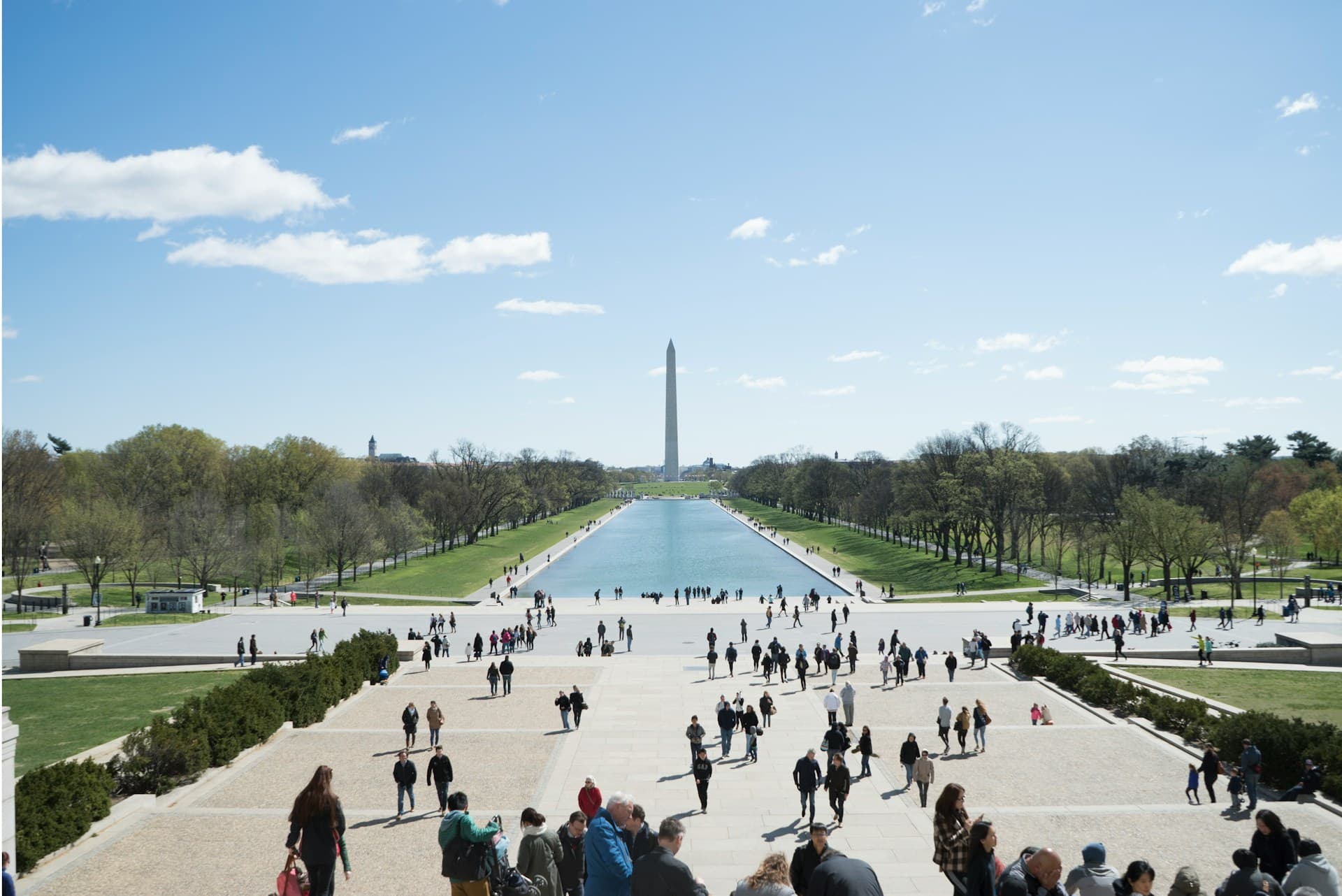Decentralized renewable energy is goal of Bay Area coalition

The Local Clean Energy Alliance, a Bay Area coalition focused on climate protection and green job creation, has released Community Power. Decentralized Renewable Energy in California, a comprehensive 64 page report (PDF) by Al Weinrub which advocates using small-scale, locally-based, decentralized renewable energy in California. They view this as the best way to meet the state-mandated goal of one-third renewable energy by 2020, as well as providing new jobs.
With decentralized renewable energy, instead of building huge wind and solar facilities in remote areas, much smaller solar and wind projects are put on already existing structures, preferably in urban areas. This greatly cuts down on power lost during transmission and locates the power generation in cities where it is needed most.
This certainly makes sense, especially for large buildings and factories. For example, the report notes that an air conditioner distributor in the City of Industry cut its utility bill to zero after installing solar on the roof. Many other companies are doing the same. Wal-Mart in particular is a leader here. Small-scale wind turbines can also be mounted on roofs.
The major roadblock to this in California is the lack of a feed-in tariff program, which is currently stalled in the legislature and lobbied against by the big utilities. However, feed-in-tariffs have been hugely successful elsewhere, most notably in Germany. Under such programs, homeowners and businesses who install renewable energy can sell it to the utilities at a premium price, then buy the power they need at a reduced price. This spurs people to install renewable energy. After a while, the premiums drop, but by then there is a major installed base of decentralized renewable energy. The key point here is that the utilities must buy the power. In California, the opposite happens. The utilities get to keep any excess power for free and maybe give the producer a tiny rebate. California needs feed-in-tariffs if renewable energy on a grid scale is to become reality.
The big problem with renewable energy is the variability in generation of power. This is also the big advantage of coal, natural gas, and nuclear, where power is generated consistently, day or night. Decentralized power mitigates this somewhat, because if the sun isn't shining or the wind isn't blowing in one part of California, it probably is in another. But it doesn't solve the problem.
What the grid needs, and does not have now on a massive scale, is the ability to store energy for future use. This is the Holy Grail for energy and is true for all types of power, not just renewables. Currently pumped hydro and compressed air energy storage (in natural underground caverns) are the primary ways of storing power. Batteries just aren't there yet. Remember, these have to be grid-scale.
Once we have stored energy on a massive scale, then the need for dirty power becomes much less. For example, a grid-scale wind farm could use excess energy during the day to pump compressed air into underground chambers where it is released as needed at night to power turbines. This means the power supply becomes steady and reliable. Then we won't need nuclear power nearly as much, and the wind farm will be of the size and reliability of a big coal plant.
California will always need grid-scale energy generation. But along with that, we need decentralized renewable energy everywhere. It will create jobs, help ensure the reliability of the grid, and make us much more energy independent.




